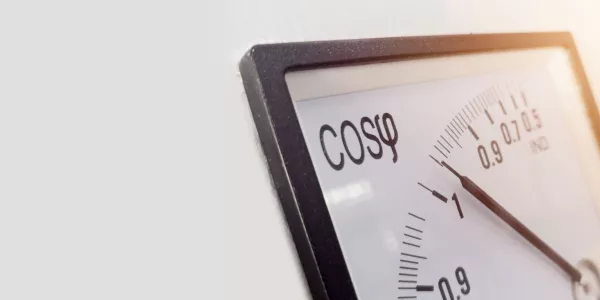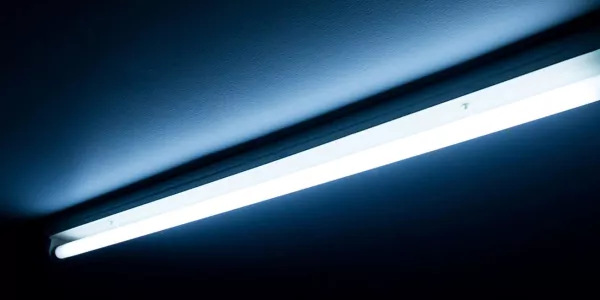The power of panel bender
The implementation of a panel bender has led to improved production efficiency, lower labour costs, and new market opportunities, explains Dirk Duis, Operations Manager at ETAP in this interview. He also delves into the challenges that were overcome and how productivity was optimized.

Reading time: 3'00"
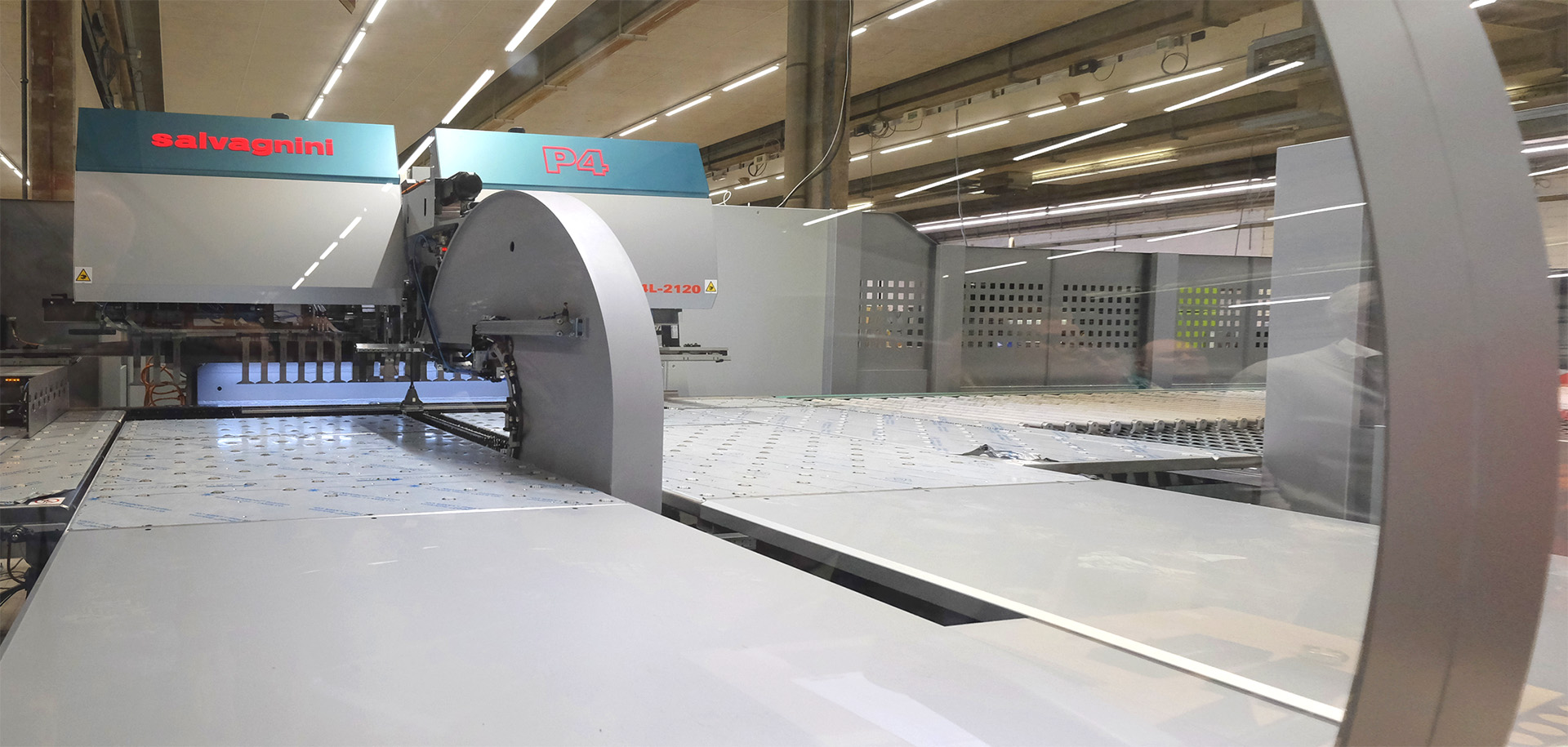
How has the introduction of the panel bender improved our production efficiency?
We embarked on optimizing production for all components requiring panel bending with great enthusiasm. While it's still early to precisely quantify the efficiency improvement, it's already evident that the machine delivers impeccably accurate results, greatly boosting our internal quality standards.
Are there specific products or designs where the panel bender is notably more advantageous than the manual production process?
The panel bender excels when dealing with components having a substantial base surface and intricate folding patterns. This renders U3 and U7 components appealing for folding, given their large surface area achieved through 4 to 6 folds. Parts from narrower fixtures, such as E2, E5, E6, E7 linear lighting, and R8 fixtures, require up to 10 folding operations. These are challenging to produce manually, making them well-suited for the panel bender. In the design of our new U2 recessed luminaires, the new drafting rules were considered already during the design process.
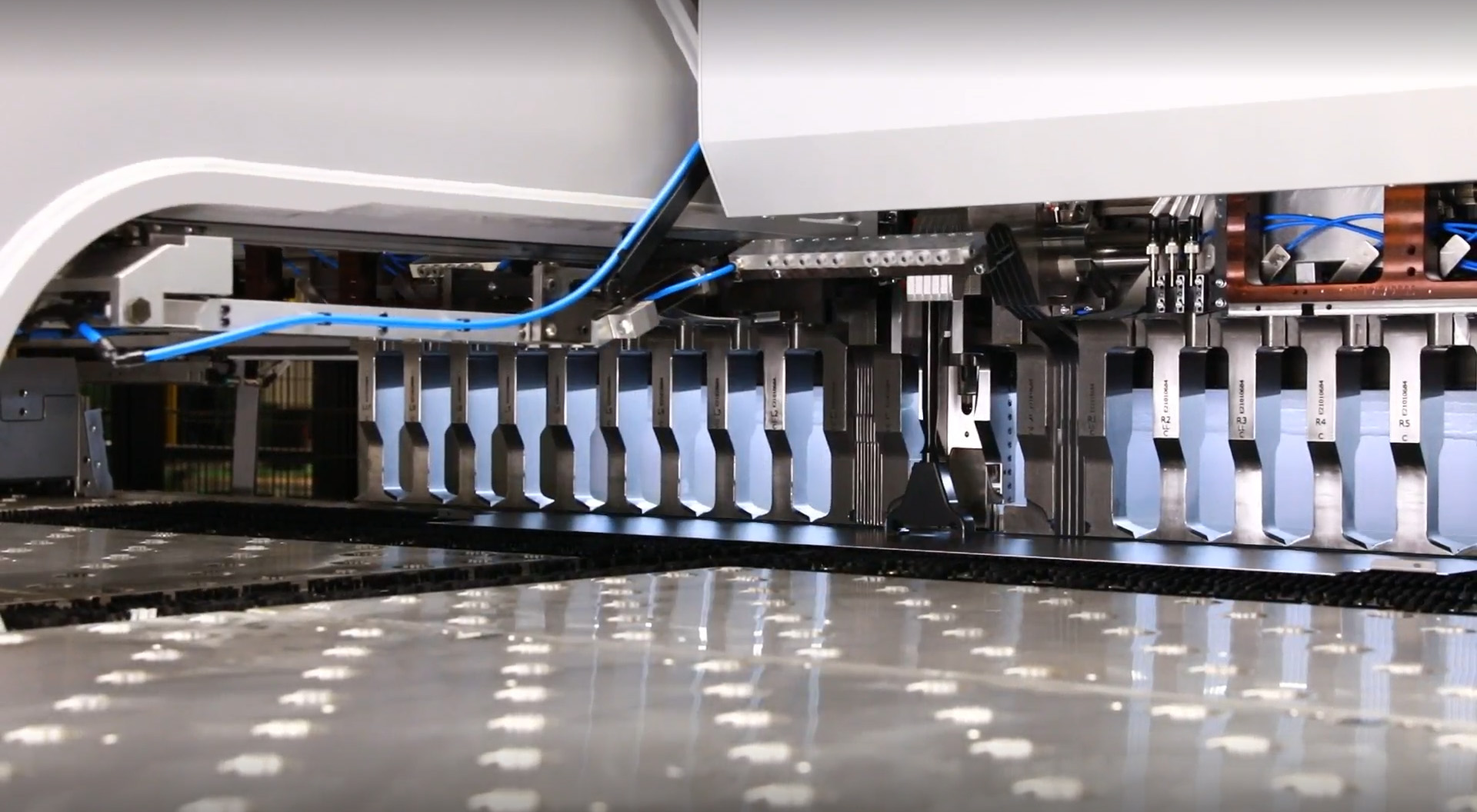
Has the panel bender resulted in cost savings in terms of labour costs and material wastage?
While there isn't a direct material saving with the panel bender, we can capitalize on short periods during which it can operate autonomously. This enables our operators to concurrently manage other machines, enhancing their efficiency. The benefits of this aspect will become even clearer as soon as all our staff become familiarized with the panel bender.
Have new opportunities emerged to expand our production capacity and handle larger order quantities thanks to the panel bender?
Although creating a bending program requires slightly more time than the manual bending process, it's a one-time effort per product. The setup time per stack of products remains constant. This significantly augments our production capacity, particularly when we can manufacture large quantities of the same product.
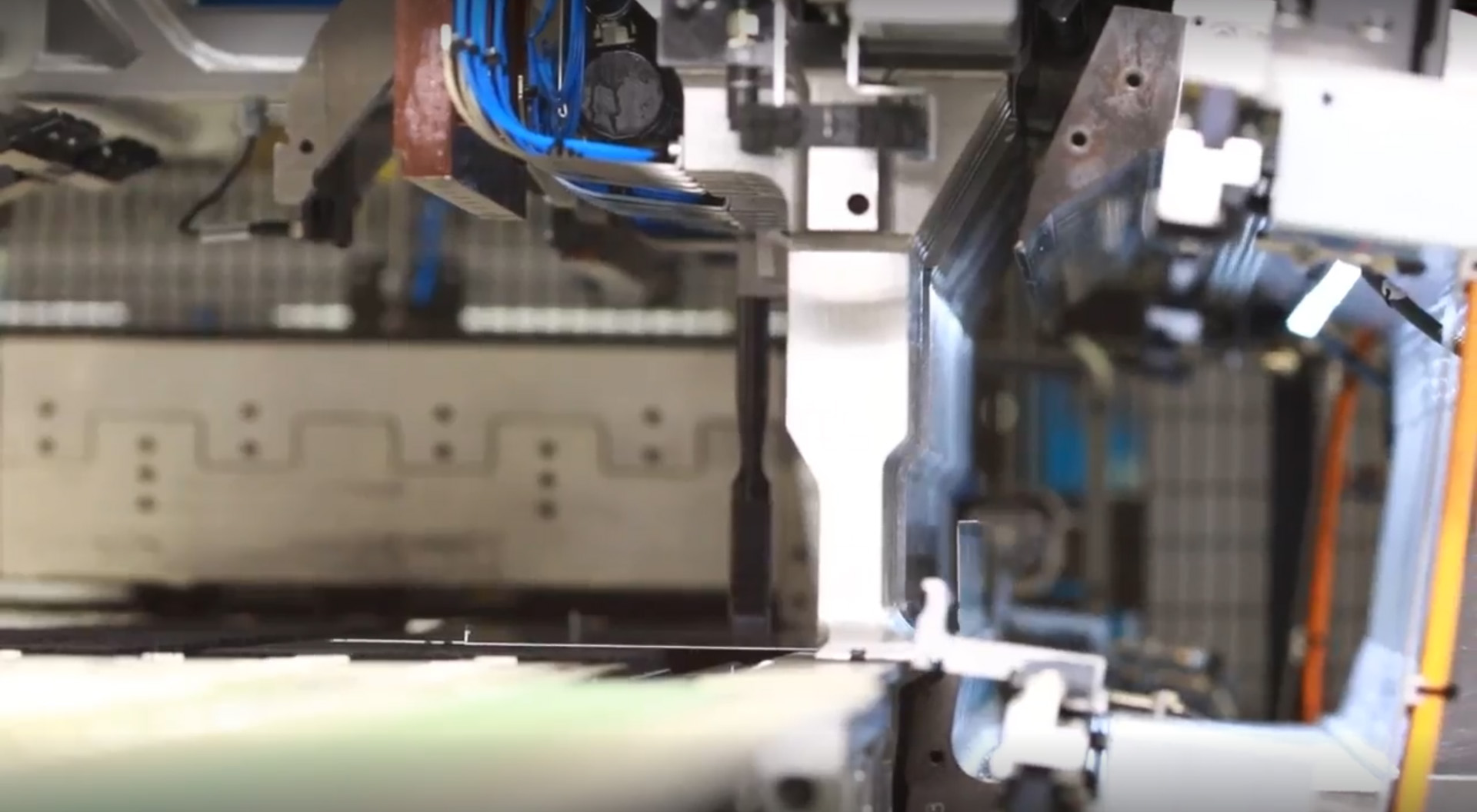
Do we need new training or skills to effectively operate the panel bender?
Production personnel not yet fully acquainted with the machine can always assist with loading and removing the bent parts. Additionally, two new competency profiles need development and training:
- Creating bending programs - these can be crafted separately and in advance at any workstation, and this needs to be done just once for each component.
- Operating the machine, including loading flat parts and instructing the machine on correct pickup positions and methods. After producing the initial piece based on the bending program and verifying measurements, any necessary adjustments to the bending program must be executed and saved. Subsequently, a production batch can be initiated, with another colleague removing the finished parts.
Have there been any challenges or issues in implementing the panel bender into our production process?
The most significant challenge is the learning curve associated with gaining experience with the machine. Furthermore, it requires a lot of time and research to determine which parts are suitable or unsuitable for production using the machine. When a smaller part cannot be produced by the panel bender, we can still employ a 'Multiple Part' (MP). This involves assembling a larger part from many smaller parts. The parts are connected through 'micro-connections' that can be opened later.
To what extent could the existing plans be directly implemented in the new machine?
The modified 3D drawing rules (SolidWorks) exhibit some differences compared to the previous system. This necessitates additional training for our designers and draughtspersons. To produce multiple parts, we've developed a comprehensive instruction document capturing all information from the designer, draughtsperson, and operator. This creates a continuously evolving instruction manual as we acquire new knowledge daily.
Furthermore, our designers and draughtpersons need familiarity with Streambend, a software package for using our panel bender. With this program's assistance, they can rapidly verify during the design process whether the design can be automatically produced on the panel bender.
Have we been able to leverage these developments for new market opportunities?
Especially by developing suitable product designs that can be produced in large quantities, this automation enables significant price reductions. This allows us to maintain our competitive position relative to other players in the market.
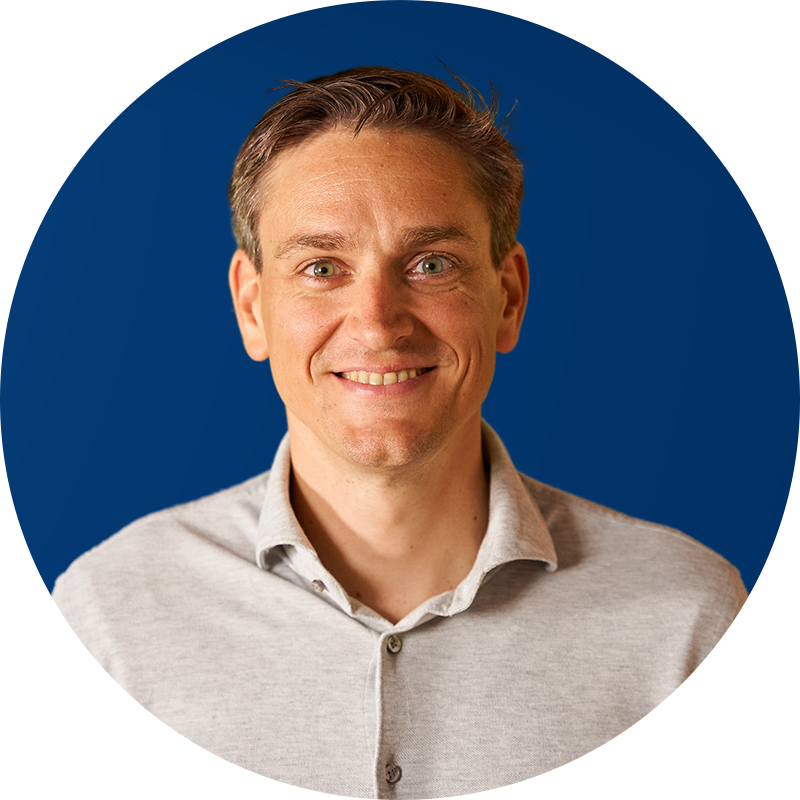
Dirk Duis, our Head of Operations, is continuously striving to enhance the efficiency and effectiveness of our production and logistics while maintaining the quality and flexibility that ETAP excels in. The emphasis for the coming years lies in automating and digitizing the processes on the shop floor, aiming to keep ETAP competitive for the future.
Contact:
+32 (0)3 310 02 11 [email protected]

